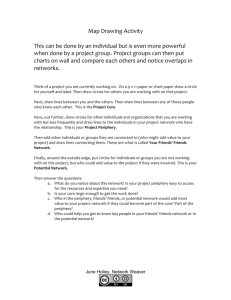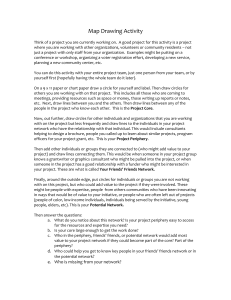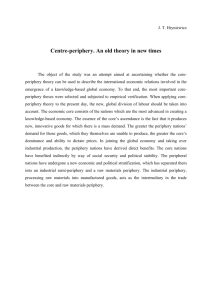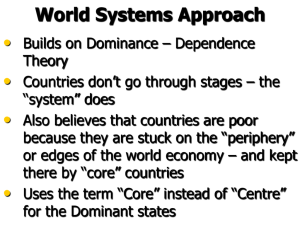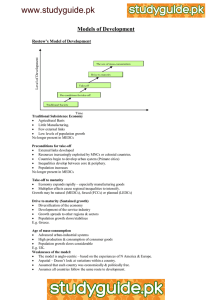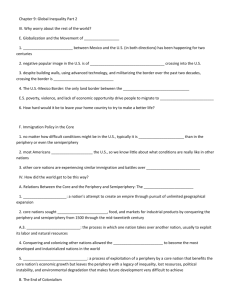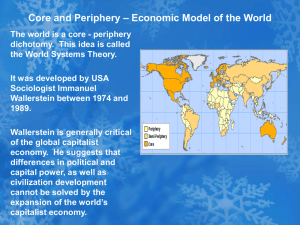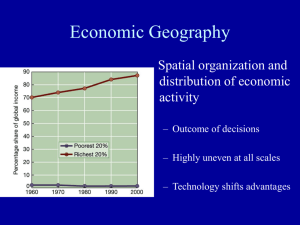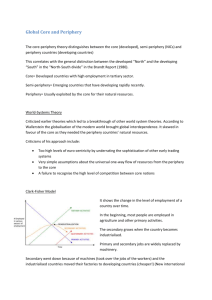Examples of Network Maps - Canadian Positive Deviance
advertisement
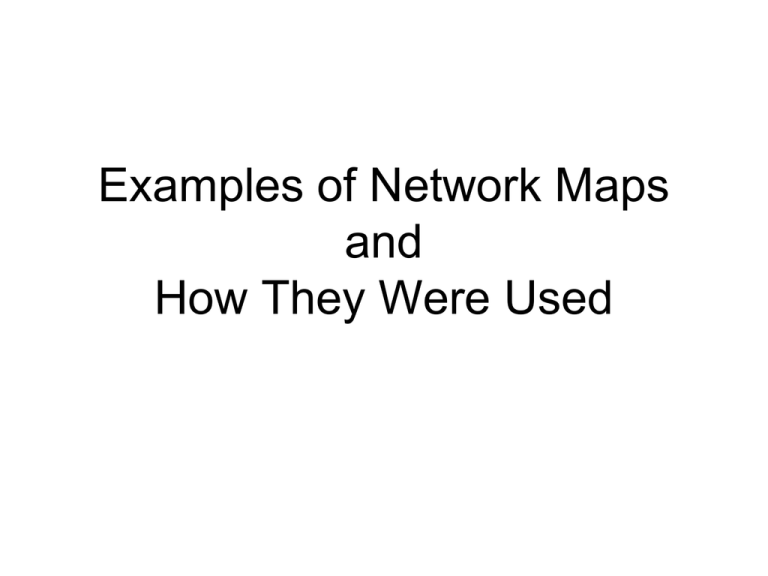
Examples of Network Maps and How They Were Used Early Stage Network Colors represent different organizations who wanted to form an Innovation Network Organizations are loosely or not connected at this stage There is no periphery Their Strategy 1. During a face-to-face conference, use many processes (speed networking, informal time) to help people get to know people from other organizations 2. Have people form small groups based on interest areas they want to explore. 3. Identify people who are not well connected and connect them to someone in the core with similar interests 4. Identify interests and have teleconference calls with experts in those areas (This will increase periphery) 5. Train interested individuals in Network Weaving and have them make connections among people they know. Network One Year Later A year later, the network was resurveyed and looked like this. There is now a substantial core of people who have worked with individuals in other organizations & a large periphery of connections to experts People also identified the many new areas of innovation that they had introduced to their organizations Metrics Network Metrics Initial Awareness Current 16 37 Integration 184 761 Connector 138 1099 The metrics show that the network greatly increased awareness (how likely it is that people in one part of the network are aware of what is happening in other parts of the network), integration (overall health of the network), and connectivity (how well connected individuals are to others in the network). Map of 4 Units in a Hospital The Green Unit, which was most effective in lowering MRSA transmission, interacts with other units and is evenly connected within. The Pink unit, which had the worst MRSA transmission rate, is quite isolated and has a few individuals who are hubs. This map was used to encourage more engagement in and between units Map of an incubator for innovative businesses The Incubator staff (green) and 1st Floor businesses (blue) are most connected. Businesses on the 3rd floor (red) are less connected and the 4th floor (turquoise) businesses are quite on the periphery. After analyzing this map, staff set up several network building events, where businesses on the lower floors were encouraged to get to know businesses on the upper floors. Also, a network space was set up on the 4th floor. Map of community organizations The citywide groups (pink) tend to be well connected but the grassroots groups(red) don’t work with each other but work more with citywide groups. A learning group of grassroots organizations was set up were they shared successes and challenges. This also helped citywide groups organize more effective training. Regional Network . This map showed that one county (green) was dominating the network but was not well connected to the pink county. This regional group organized a set of projects (see following maps) that contained people from several counties so that they would have more experience working together. These maps were used to help form action groups to work on various aspects of entrepreneurship in the region; they also helped people in different counties get to know each other Organization Type Other non-profit K-12 Large Business Access to Capital Post-secondary Ed. Medium Business Small Business Local Gov. Local ED Workforce Potential Entrepreneurship Collaboration among providers Greater resources
